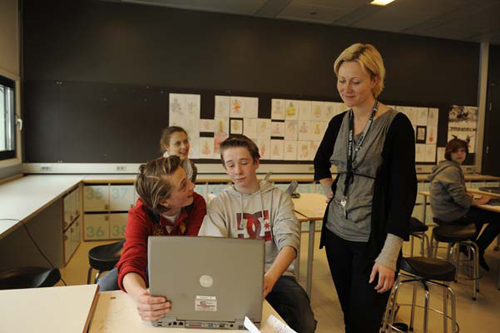
In July of 2011, DR. קירסטן Immersive Are, פרופסור מכובד באוניברסיטת אוסלו הפקולטה לחינוך, shared her education perspectives with us in גלובל החיפוש לחינוך: מבט מנורבגיה. היום, with the help of Kirsten Sivesind, and Principal Bjorn Bolstad, the faculty and students of the Ringstabekk Skole in Barum, a suburb of Oslo (http://www.ringstabekk.net), we are able to share with you some additional education insights into how a model Norwegian public school is addressing skills needed in the 21st century.
Principal Bolstad, what are the backgrounds of the pupils in your public school? מה הוא הגיוון (גזעי וכלכלי-חברתי) within the student body?
Our school draws pupils from our local community. They are teenagers living near the school. Our community is not very diversified as it is in a suburb that has a high socio-economic level with few inhabitants of other nationalities. A lot of the parents have advanced education and a lot of them have leading jobs.
How long is the school day and what meal service do you provide?
All pupils have 22.5 lessons per week, each lasting for 60 דקות. The school day schedule varies. The 8th grade starts at 8:30, 9th grade at 8:50, and 10th grade at 9:10. On two days of every week, the pupils end school between 1:00pm and 1:40pm, while on one or two other days, they don’t finish until 3:30pm.
The school does not provide free meals. Most schools in Norway don’t. We have a small cantina where students can buy baguettes, yoghurt, וכו '. Our students have one major break each day; two breaks if they work late. As with all lower secondary schools in Norway, we provide free fruit for the pupils every day.
What percentage of the children read and do math at their grade level or higher?
The Norwegian school system does not have defined grade level indicators. Our results on the national test of reading are at the highest level. Only about 4% of our students are under the “critical limit” in reading based on different reading tests. As for math, we have no nationally set levels, but when our students leave our school to attend upper secondary school, רק על 4% of them have difficulty in finishing upper secondary. In the Norwegian school system, a student is moved up to the next level whether she has the skills that are needed or not.
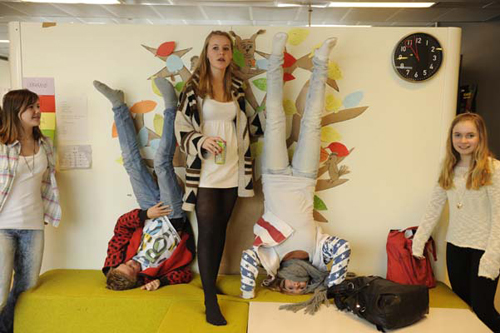
כמה שיעורי בית שהילדים מקבלים בכל לילה?
This varies. A lot of our homework consists of finishing of projects and cooperating with other students. At our school, we work cross-curricular, and typical homework can be, in addition to solving math and English tasks, to read an article and write down questions that will be discussed in class next day, or to plan a performance together with the rest of your working group.
Do these children take any standardized tests during the school year?
כן, they take the national tests in reading, math and English at 8th and 9th level. We also make the student take a test when they enter our school, to find out what they are good at and where they struggle. We don’t see that our school or our students benefit much from standardized tests developed on a national level to the extent that these tests are used to compare schools and communities. We try to find standardized tests that can give each student a formative assessment. הערה: On the latest PISA test, Norway ranked #12 in reading, 5 places ahead of the U. S.; #21 במתמטיקה, 10 places ahead of the U.S.; ו #25 in science, 2 places behind the U. S.
How does the teacher assess the students’ work each term?
Formal assessment is of course the most important. The students get assessments on the tasks they do during the term: oral performances, דיונים, written work, וכו '. The assessment is based on criteria that are presented to the students before they start the work. Sometimes the students participate in developing the criteria for a specific task. The assessment is usually written down. The Norwegian school law says that every student is to get a mark in each subject after every term. For some students, these marks have a motivating effect, but for a lot of our students, the mark takes their focus away from the content of the subject and from the learning itself. Instead they get very concerned about the actual mark they get. In addition to this assessment, we ask the students to evaluate themselves at the end of each term. They do this before they get their marks, and the teachers comment on their self- evaluations. This is one of the ways we try to train our students to monitor their own learning process and thus “learn to learn.”
האם תכנית הלימודים מרוכזים או מורה מונע?
בנורווגיה, there is a national curriculum. This outlines the competences that pupils should develop. Our teachers interpret this national curriculum. They work in cross-curricular teaching teams and together they develop cross-curricular themes. A lot of the subjects are taught within these cross-curricular themes. בדרך זו, the curriculum is to a great extent teacher driven. We think this is necessary. Otherwise we fear that the teachers will see themselves as just “factory-workers”, executing someone else’s ideas. A teacher is both a worker and somewhat of an artist, and we need to balance these two perspectives.
כמה מוסיקה ואמנות (כל צורות האמנות) יש בתכנית הלימודים?
At our school we put great emphasis on music and art. In our pedagogical documents, we mention this explicitly. Throughout the year, every student participates in one or more stage productions and presents his or her work of art in a vernissage (an exhibition). We divide our school year into 6 periods. Each period has an overall theme, and in each period the students work with one of our three subjects: מוסיקה, arts and domestic work. The teachers try to finish each period with a performance, a common meal, a vernissage, and they often invite the parents to these events. Our biggest stage production takes place once a year and involves all students at the school (יותר מ 400). Our main objective is to let the pupils work with students and teachers from other classes and thus develop a good social environment at the school.
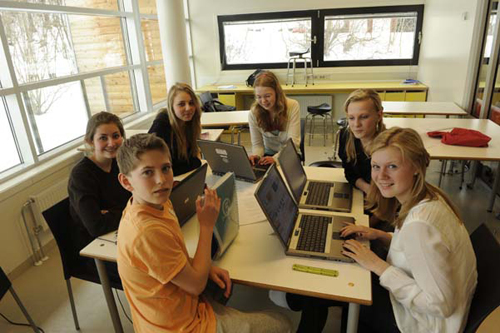
What qualifications do the teachers have and what is their salary range?
Either they have attended teacher college or they have studied at the university. Teacher college is a 4 year study program specified for teaching, while teachers that have studied at the university must finish a pedagogical study of 1 year to be accepted as a teacher.
A teacher with 4 years study at university or college starts off with a salary of $57,000 שנה. A teacher with studies at Master level, 16 years of work, plus our local bonuses for subjects like math, science and Norwegian, earns $88,000.
מה מעורבות הורית הוא שם בבית הספר?
Every Norwegian school must have a cooperation committee where students, הורים, teachers and headmaster meet to discuss economic and other matters. The parents are also involved in the parental cooperation forum. One parent is elected from each group of students (15 students per group). This forum meets once a month and discusses different educational matters. Usually they invite the headmaster to join these meetings. In addition to these formal bodies, most parents are deeply engaged in their own children’s teaching and development. Twice a year they have a formal talk with their child’s contact teacher, together with the student, and twice a year we gather all parents for a parental meeting where the school gives information about practical and pedagogical matters. As mentioned earlier, parents are invited to shows, vernissages, וכו ', and sometimes teachers also invite parents to talk to classes about their jobs and education.

Photos courtesy of Ringstabekk Sklole.
בגלובל החיפוש לחינוך, להצטרף אליי ולמנהיגי מחשבה מוכרת בעולם כולל סר מייקל ברבר (בריטניה), DR. מיכאל בלוק (ארה"ב), DR. ליאון בוטשטיין (ארה"ב), DR. לינדה דרלינג-Hammond (ארה"ב), DR. Madhav אוון (הודו), פרופ 'מיכאל Fullan (קנדה), פרופ 'הווארד גרדנר (ארה"ב), פרופ 'איבון הלמן (הולנד), פרופ 'קריסטין Helstad (נורווגיה), ז'אן הנדריקסון (ארה"ב), פרופ 'רוז Hipkins (ניו זילנד), פרופ 'קורנליה הוגלנד (קנדה), גברת. שנטל קאופמן (בלגיה), פרופ 'דומיניק לפונטיין (בלגיה), פרופ 'יו לאודר (בריטניה), פרופ 'בן לוין (קנדה), פרופ 'בארי McGaw (אוסטרליה), פרופ 'R. נטריגין (הודו), DR. דניז אפיפיור (ארה"ב), שרידהר ךאג'גופלן (הודו), DR. דיאן ראוויטש (ארה"ב), סר קן רובינסון (בריטניה), פרופ Pasi Sahlberg (פינלנד), אנדריאס שלייכר (PISA, OECD), DR. אנתוני סלדון (בריטניה), DR. דוד שפר (ארה"ב), DR. קירסטן Immersive Are (נורווגיה), קנצלר סטיבן ספאן (ארה"ב), איב Theze (Lycee Francais ארה"ב), פרופ 'צ'רלס Ungerleider (קנדה), פרופ 'טוני וגנר (ארה"ב), פרופסור דילן Wiliam (בריטניה), DR. מארק Wormald (בריטניה), פרופ 'תיאו Wubbels (הולנד), פרופ 'מייקל יאנג (בריטניה), ופרופ 'Minxuan ג'אנג (סין) כפי שהם לחקור שאלות חינוך תמונה הגדולות שכל המדינות מתמודדות היום. גלובל החיפוש לחינוך עמוד קהילה
C. M. רובין הוא המחבר שתי סדרות מקוונות רבים קוראות שלהיא קיבלה 2011 הפרס אפטון סינקלר, "גלובל החיפוש לחינוך" ו- "איך תוכלו לקרוא?"היא גם מהחבר של שלושה ספרים רבי מכר, כולל אליס בארץ הפלאות Real.
עקוב C. M. רובין בטוויטר: www.twitter.com/@cmrubinworld


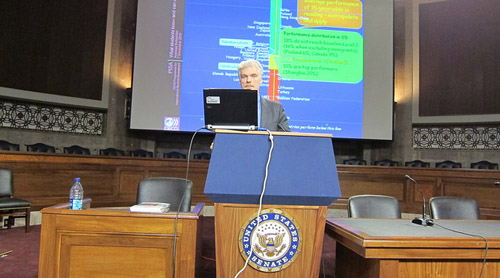
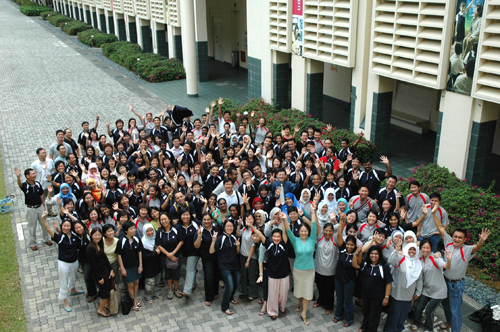
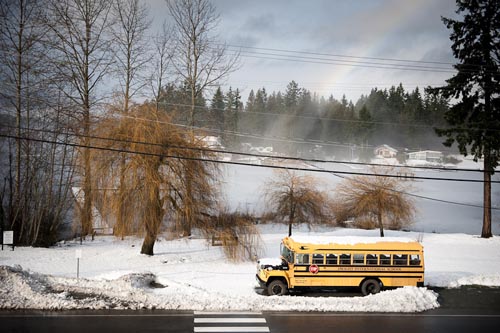
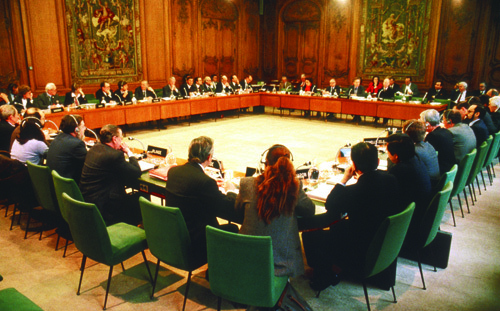
תגובות אחרונות